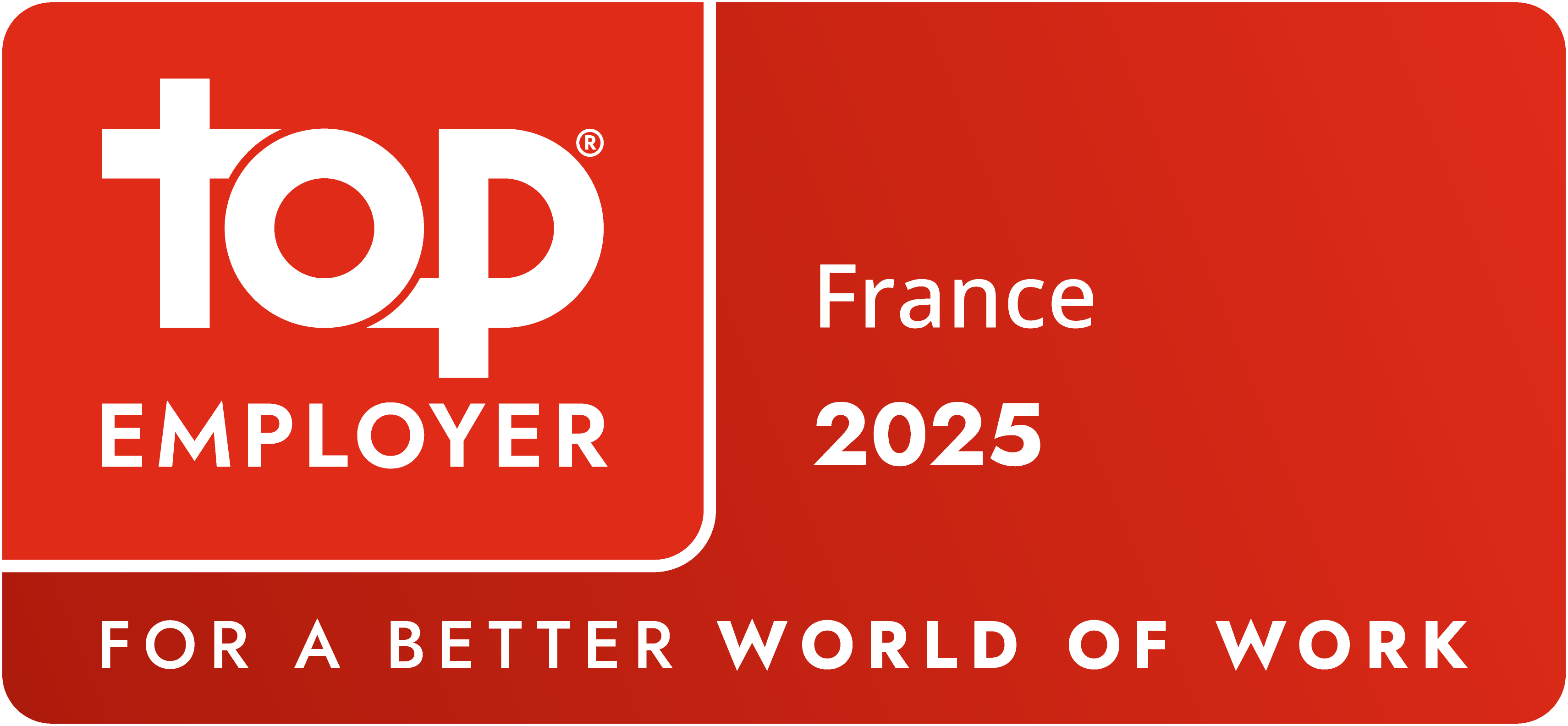Informations légales Crédits Dispositifs d'alertes professionnelles Soyons vigilants Données personnelles
Groupe Randstad France est une Société par Actions Simplifiée immatriculée au Registre du Commerce et des Sociétés de Bobigny sous le numéro 702 028 234. Notre siège social est situé au 276 avenue du Président Wilson à Saint Denis (93200). RANDSTAD,![]() , RANDSTAD INHOUSE, RANDSTAD SEARCH, RISESMART, SOURCERIGHT, PARTNER FOR TALENT, EXPECTRA, RANDSTAD DIGITAL sont des marques déposées de © Randstad N.V., RISESMART est une marque déposée de Risesmart, Inc. 2016, EXPECTRA, EXPECTRA SEARCH, L'APPEL MEDICAL, JBM sont des marques déposées de Select TT, société par actions simplifiées unipersonnelle. Association IMC Alternance est une marque déposée de Groupe Randstad France, sociéte par actions simplifiée unipersonnelle.
, RANDSTAD INHOUSE, RANDSTAD SEARCH, RISESMART, SOURCERIGHT, PARTNER FOR TALENT, EXPECTRA, RANDSTAD DIGITAL sont des marques déposées de © Randstad N.V., RISESMART est une marque déposée de Risesmart, Inc. 2016, EXPECTRA, EXPECTRA SEARCH, L'APPEL MEDICAL, JBM sont des marques déposées de Select TT, société par actions simplifiées unipersonnelle. Association IMC Alternance est une marque déposée de Groupe Randstad France, sociéte par actions simplifiée unipersonnelle.
Le groupe Randstad en France s’engage dans la lutte contre les discriminations et pour l’égalité professionnelle femme/homme. Toutes les fonctions et tous les intitulés figurant dans ce journal se déclinent au féminin comme au masculin.
*partenaire des talents.

